Getting ready to put an ipe deck on a custom house on long island in N.Y. The deck is on the second floor and is going over and epdm rubber roof.We plan on using pressure treated sleepers with rubber feet to allow for proper drainage.The difficulty is which type of ipe to use..( t&g, or s4s). The exposure is full sun with no roof above, which makes me nervous about using t&g. The architech would rather not see surface fasteners. EB-Ty hidden fasteners leave you with a space that is about 3/16 to begin with and once the sun gets it ,even larger. I plan on coating the finished product with penofin. Could use some professional suggestions based on experience. Thanks…..edwood
Discussion Forum
Discussion Forum
Highlights
"I have learned so much thanks to the searchable articles on the FHB website. I can confidently say that I expect to be a life-long subscriber." - M.K.
Fine Homebuilding Magazine
- Home Group
- Antique Trader
- Arts & Crafts Homes
- Bank Note Reporter
- Cabin Life
- Cuisine at Home
- Fine Gardening
- Fine Woodworking
- Green Building Advisor
- Garden Gate
- Horticulture
- Keep Craft Alive
- Log Home Living
- Military Trader/Vehicles
- Numismatic News
- Numismaster
- Old Cars Weekly
- Old House Journal
- Period Homes
- Popular Woodworking
- Script
- ShopNotes
- Sports Collectors Digest
- Threads
- Timber Home Living
- Traditional Building
- Woodsmith
- World Coin News
- Writer's Digest
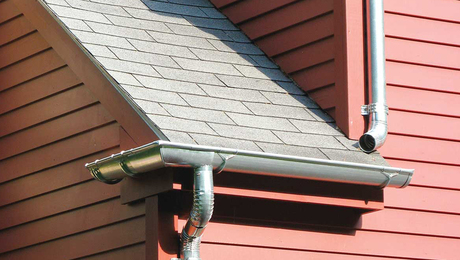
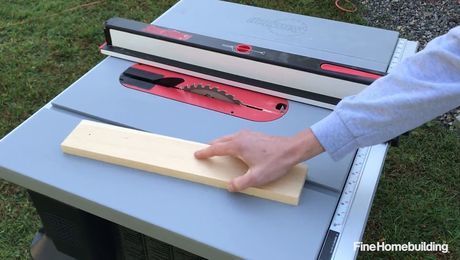
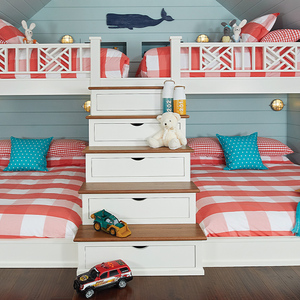
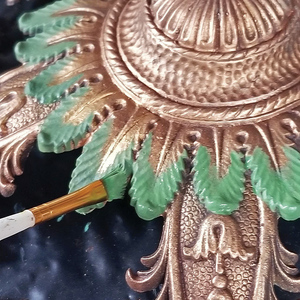
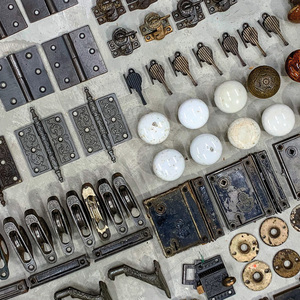








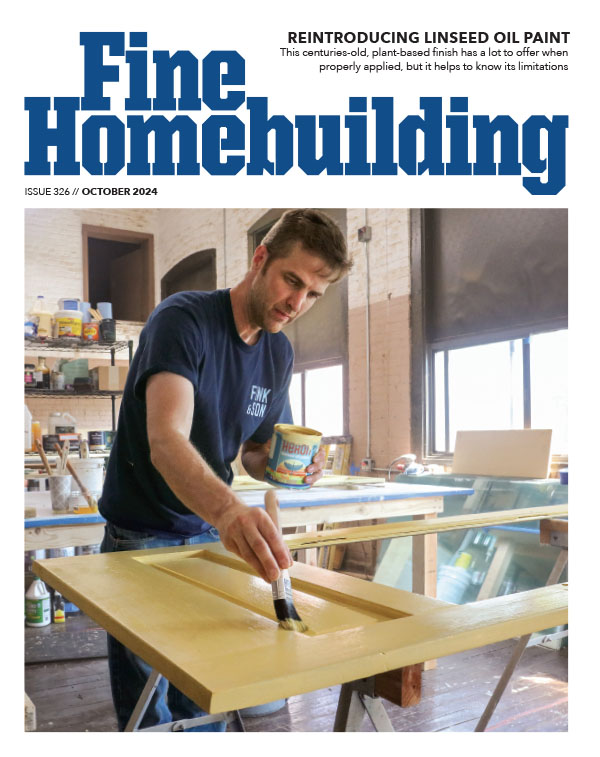





Replies
Before I would start worrying about the cut of the ipé, I'd worry about chemical interaction of the PT lumber with the EDPM. Most of the new PT compounds are organic poisons rather than heavy metals or arsenates. What this kind of stuff would/could do the roof membrane should be first on your list of worries. I wouldn't be ready to trust even the PT lumber manufacturer's recommendations, as these new compounds haven't been in use long enough yet for anyone to know what they will be doing in 10-15 years....
Most flat roofs I have seen with decks built on them are torch-down jobs; tar & gravel. Pretty inert stuff, gravel. However I built a deck a couple of years ago over a flat roof that was covered only with low-slope ice & snow membrane. I used cedar sleepers and deck boards all around, so no worries about any chemical problems.
Why don't you just use the ipé for the sleepers as well? The stuff's nigh-on indestructible from what I hear....
Dinosaur
'Y-a-tu de la justice dans ce maudit monde?
It would be watefully rediculous to use a gravel surface on a BUR for under a deck. Reason? The whole purpose of the gravel is a surface coat to protect the organics from drying in the sun which cooks off their volatile oils and makers them become brittle. with a deck doing the same thing, a BUR smooth surfaced roof would be fine.The problem with any BUR tho is that it will not handle very much loading without compressing and weakening at the stress points. EPDM is much more forgiving there. Od course you could go full throttle and use pitche pans and 4x4s for attach points but that adds another eight inches of depth to the whole thing.And I would not want any penofin applyed over any BUR roof I had installed, if the want a warrantee. It will dissolve some of the asphalt. I had the same concern about the EPDM so last year, I took s ascrap of it, and formed a cup with it, and filled ti with pe3nofin for a week before leting the painters work on the deck with it. I could not find any sign of Penefin wicking through or weakening the membrane. Maybe after 15 years it will be weaker, I don't know, but It seemed good enough fo rme on those two jobs. I had not hought about the PT but it does not seem to me that chemical salts would be likely to react with rubber. I suppose the right combination could possibly make it become brittle.I believe that we are talking about a rubber that is very similar to that which is used in O-ring seals. Tjhat is a very complicated bunch of chemistry there with different formulations for different purposes, but all in all, it is very tuff stuff, much more than asphalt and tar products.
Welcome to the Taunton University of Knowledge FHB Campus at Breaktime. where ... Excellence is its own reward!
Piff, I've never done a deck over gravel myself; and as you know I don't do torch-downs or gravel jobs as they are outside my expertise. But I've seen more than a few decks done as I described and I suppose I assumed (duh!) that was the way it orta be done....
My concern on the chemical end of things stems from the fact these new PT poisons are classed as organics rather than metallics like the old CCA. Petroleum is in that same organic class, in chem-speak. EDPM isn't pure latex rubber, which means it has almost certainly got some petro-chemical content, so it seems to me there's reason to at least wonder, if not to worry outright....
I don't remember mentioning Penofin. Not even sure what it is; would that be the same stuff we call Pentox?Dinosaur
'Y-a-tu de la justice dans ce maudit monde?
P was mentioned by an earlier poster - maybe OP. it is an exterior oil for wood decks etc.
Welcome to the Taunton University of Knowledge FHB Campus at Breaktime. where ... Excellence is its own reward!
P was mentioned by an earlier poster - maybe OP.
it is an exterior oil for wood decks etc.
Okay. Thought it was some sort of brush-on preservative.
Do you see any good reason for using PT lumber in this case instead of going with the ipé all around? Cost? (Of course, that's not always a 'good' reason....)
Dinosaur
'Y-a-tu de la justice dans ce maudit monde?
IPE` is hard to work with and I can't get it easily in frame lumber sizes to use it for sleepers. I would hesitate to use cedaar alone for direct contact with the EPDM because it would be prone to stay wet on that bottom edge and even cedar isn't that rot resistant. IPE has a lot of sulphur and other metalic salts too so it might be just as bad as PT for direct contact as long as we are speculating... I'll stick with the PT for sleepers for now
Welcome to the Taunton University of Knowledge FHB Campus at Breaktime. where ... Excellence is its own reward!
What about one of the composite materials for sleepers...Trex, etc? They'd avoid some of the problems mentioned, no?
How about just using plastic 'feet' under ordinary framing lumber? Something like cast nylon. Take ¾"-thick strips of 1½"-wide nylon and cut them into 2"-long pieces. Place them under the sleepers every 16" and drill & screw through from the top of the sleeper. (I am assuming 2x3 sleepers sitting on edge here.) This would also eliminate any need for weeps cut into the bottom surface of the sleepers for roof-deck drainage.
Dinosaur
'Y-a-tu de la justice dans ce maudit monde?
Good thought, but I like the sl;eeper to be at least 1-1/4" thick to give the screws enough purchase without going through, and most of the composition manufacturers require 18" air space for breathing and drying. It is still sawdust mixed with recycled plastic, so the sawdust is subject...
Welcome to the Taunton University of Knowledge FHB Campus at Breaktime. where ... Excellence is its own reward!
I am also located on Long Island have worked on several balcony decks as you describe. For us exposed T&G would not be considered for the following reasons:
1. ventilation under the deck would be almost non-existant
2. during many of our winter freeze thaw cycles any water trapped with-in the joints will freeze, expand, then split the wood at the joint
3.while ipe is relatively stable a t&g deck would allow very little room for normal expansion and contraction
As for the edpm I would recommend 60 mil reinforced and don't forget the abrasion pads. Rubber pads are great, another material we have used is 4"x4" squares of site cut modified bitmen roofing membrane (brai roofing) At a little less than 3/16" in thickness it can be built up in several layers to aid in leveling the deck sleepers. Another issue i'd like to mention is the substrate under the edpm. We prefer the edpm membrane affixed to a pitched rigid surface as opposed to a tapered insulation board. Insulation board by itself will deform from the weight of the deck thru the sleepers and pads.
Good luck
Rubber pads are great, another material we have used is 4"x4" squares of site cut modified bitmen roofing membrane
Rubber pads, what kind?
Modified bitmen roofing membrane, is its use similar to edpm?
I read an article in FHB a long time ago the author just glued a strip of the same edpm for the sleeper. Have you ever done this?
The rubber pads I was referring to would be isolation /abrasion pads used underneath hvac equipment on flat roofs.
Modified bitmen is another type of flat roof covering material. It differs from EDPM in its composition -rubber vs asphalt and its application -glue down for EDPM and torch down for modified bitmen. US Intec makes this product under the name "brai SP4".
sounds like a good idea to use strips of EDPM as an extra layer of abrasion resistance under your deck sleepers. we have not tried this method yet.
Thanks for the tips on leveling the sleepers with brai pieces. This we will do. If we rule out T&G ipe, which I am fine with , I guess the next step is to figure out which size ipe to use (1x4, or 5/4x4)and which hidden fasteners to use...keeping in mind the sun will be beating on this deck all day and shrinkage may be a problem even with coats of penofin. Would appreciate any other input. ed
I build my pads from site scrap of the EPDM mostly.I heard one from the guy who does my EPDM he picked up from another builder. That guy rips up his sleeper stock ahead of time, and has it ganged and clamped together bottom side up over the sawhorses when the EPDM roofer gets there. Then, while he is doing the roof, he can also use the contact cement to glue epdm to the bottoms of the pt sleepers as a gang. Then they use a sharp knive to separate the sleepers for installation. Sounds liek ti might save some labor, and add a layer of isolation between pt and roof if anyone has concern about the salts in the PT
Welcome to the Taunton University of Knowledge FHB Campus at Breaktime. where ... Excellence is its own reward!
Have you tryed the advaced search function on this topic yet? Generally, much of these questions have been covered, with drawings and photos ad nauseum...
re teh hidden fasteners and T&G, I spoke with qa wood scientist at a NE lumber broker/wholesaler a year or so back about these things. He said that even with IPE` it is not a good idea to ever use T&G in full exposure to the weather for several reasons. Traditionally, it has been only done under porch roofes.
I have done some ssmall landings, etc with T&G outside, and used gorillad glue to deal the grooves so that water would not collect there and promote rot. They wanted also to keep the majority of the rain from getting through to the trash storeage area under it too.
It is doing tolerably well at all this, probably keeping 98% of the water out, but the boards are starting to cup a bit more than square edge would do. That means hte landing overall is holding on to more moisture, and there is no chance that it will last as long as an open spaced, breathing deck would do.
I use SS trim head screws from GRK Canada. and face fasten. They are barely noticeable. It sounds liek your archy is trying to make this look like an interoor flor, outside. It can't be done.
Welcome to the
Taunton University of Knowledge FHB Campus at Breaktime.
where ...
Excellence is its own reward!
I would use the thinner ipe and space the sleepers closer together.
For a no fastener look, build the deck in panels and screw from the bottom.